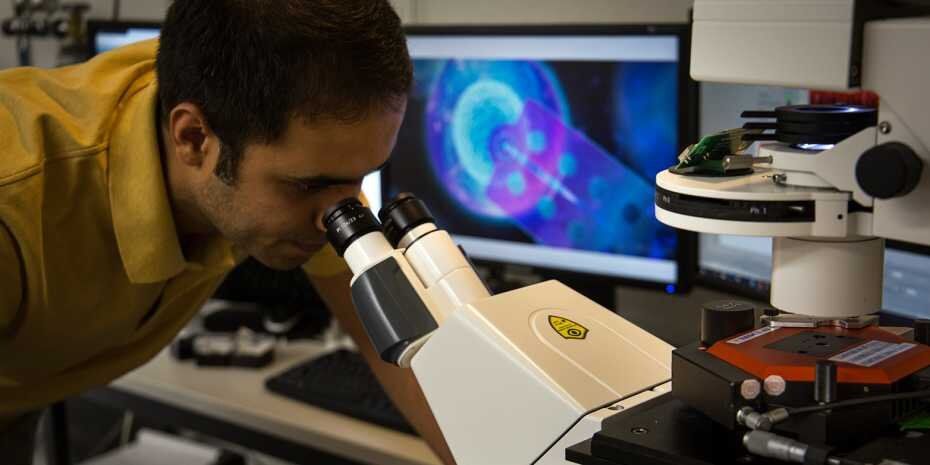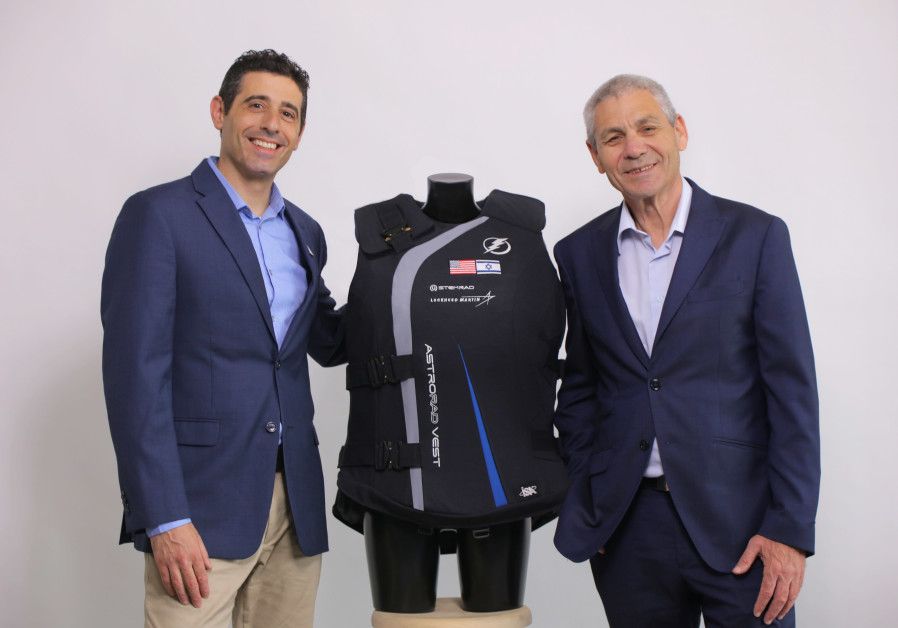Researchers have cast doubt on the claims upon which Homology Medicines is built.



New research from the USC Viterbi School of Engineering could be key to our understanding of how the aging process works. The findings potentially pave the way for better cancer treatments and revolutionary new drugs that could vastly improve human health in the twilight years.
The work, from Assistant Professor of Chemical Engineering and Materials Science Nick Graham and his team in collaboration with Scott Fraser, Provost Professor of Biological Sciences and Biomedical Engineering, and Pin Wang, Zohrab A. Kaprielian Fellow in Engineering, was recently published in the Journal of Biological Chemistry.
“To drink from the fountain of youth, you have to figure out where the fountain of youth is, and understand what the fountain of youth is doing,” Graham said. “We’re doing the opposite; we’re trying to study the reasons cells age, so that we might be able to design treatments for better aging.”

Central London’s freshwater sources contain high levels of antibiotic resistant genes, with the River Thames having the highest amount, according to research by UCL.
The Regent’s Canal, Regent’s Park Pond and the Serpentine all contained the genes but at lower levels than the Thames, which contained genes providing resistance for bacteria to common antibiotics such as penicillin, erythromycin and tetracycline.
The genes come from bacteria in human and animal waste. When antibiotics are taken by humans much of the drug is excreted into the sewer system and then into freshwater sources. The presence of antibiotics in these water sources provides an environment where microbes carrying the resistance genes can multiply quicker and share their resistance with other microbes.

For the cells in our bodies to function as a unit, they must communicate with one another constantly. They secrete signalling molecules—ions, proteins and nucleic acids—that are picked up by adjacent cells, which in turn pass on the signal to other cells. Our muscles, digestive system and brain are only able to function thanks to this type of communication. And this is the only way in which our immune system can recognise pathogens or infected cells and react accordingly—again, by sending out signals to mobilise the immune defences. If something goes wrong with this signalling between cells, it can lead to diseases such as cancer or autoimmune disorders. “This is why it is important to research which signals the cells send out in which situations,” says Morteza Aramesh. The biophysicist, who works in the Laboratory of Biosensors and Bioelectronics at ETH Zurich, has developed a new method that does precisely that: it listens to communication between individual cells.
An innovative nanosensor
Although it has been possible to measure these signals in the past, it could only be done for entire populations of hundreds or thousands of cells. The methods were not sensitive enough to use on individual cells, meaning that the signalling molecules from individual cells were submerged into the average of the total cell population: “It was impossible to detect differences between cells in order to identify diseased cells, for instance,” says Aramesh.

Here’s a nifty if still early-in-development bit of science. This week, scientists at Harvard and elsewhere said they’ve created a novel type of dressing that could rapidly heal all sorts of wounds. The gel-based, heat-activated design was inspired by the Wolverine-like skin we have when we’re in the womb.
It’s well known that our fetal skin can completely regenerate itself when injured, without scarring. This happens, at least partly, because embryonic cells produce protein fibers that quickly and tightly close up and contract the skin surrounding a wound. As adults, our skin cells can still do this to an extent, but nowhere to the same degree.

“I was wrong,” Church now admits.
A startup he cofounded, eGenesis, had made news for its ambitious plans to use CRISPR gene-editing technology to modify pigs so their organs could be safely transplanted into humans without being rejected. That could solve a critical shortage of human organs available for transplant.
But no human test has yet been carried out. Instead, the company is currently testing organs from its pigs in monkeys at Massachusetts General Hospital in Boston. The experiments are being led by the hospital’s chief of transplant surgery, James Markmann.

NASA has vowed to “use all means necessary” to ensure the success of the mission, and that could include technology developed by StemRad, a Tel Aviv-based company behind the AstroRad radiation protection vest.
Developed in partnership with aerospace and defense giant Lockheed Martin, the AstroRad vest is personal protective equipment for astronauts to wear beyond Low Earth Orbit, mitigating space radiation exposure outside the Earth’s magnetosphere.
Boasting the Israeli flag, the AstroRad uses a proprietary smart shielding design to selectively protect organs and tissues which are most sensitive to radiation exposure. The company has developed an adapted suit for women, who are particularly vulnerable to space radiation.

The Life Extension Foundation is a nonprofit organization whose goal is to extend the healthy human lifespan by discovering scientific methods to control aging and eradicate disease. continue

Since its inception in 1980, the Life Extension Foundation has continued its dedication to finding new scientific methods for eradicating old age, disease and death. continue .

